Begonia Rex
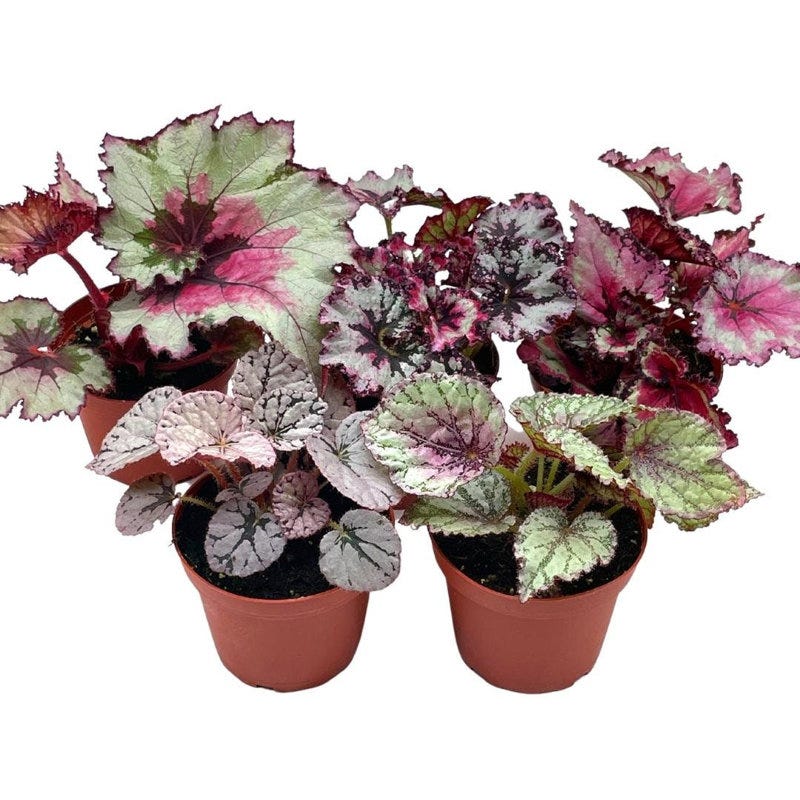
Pros
Thrives in bright, indirect sunlight
Low-maintenance
Cons
Prone to root rot
Water: When soil is dry, about once a week
Getting a begonia rex plant is an unexpected way to bring both green and red into your holiday color scheme. This low-light indoor plant loves bright, indirect sunlight as direct sunlight will scald the leaves. It thrives in room-temperature conditions (around 70 degrees) and prefers humid environments, especially in the cooler months.
Related Story: How to Care for a Begonia Rex Plant
Advertisement – Continue Reading Below
Stromanthe Triostar
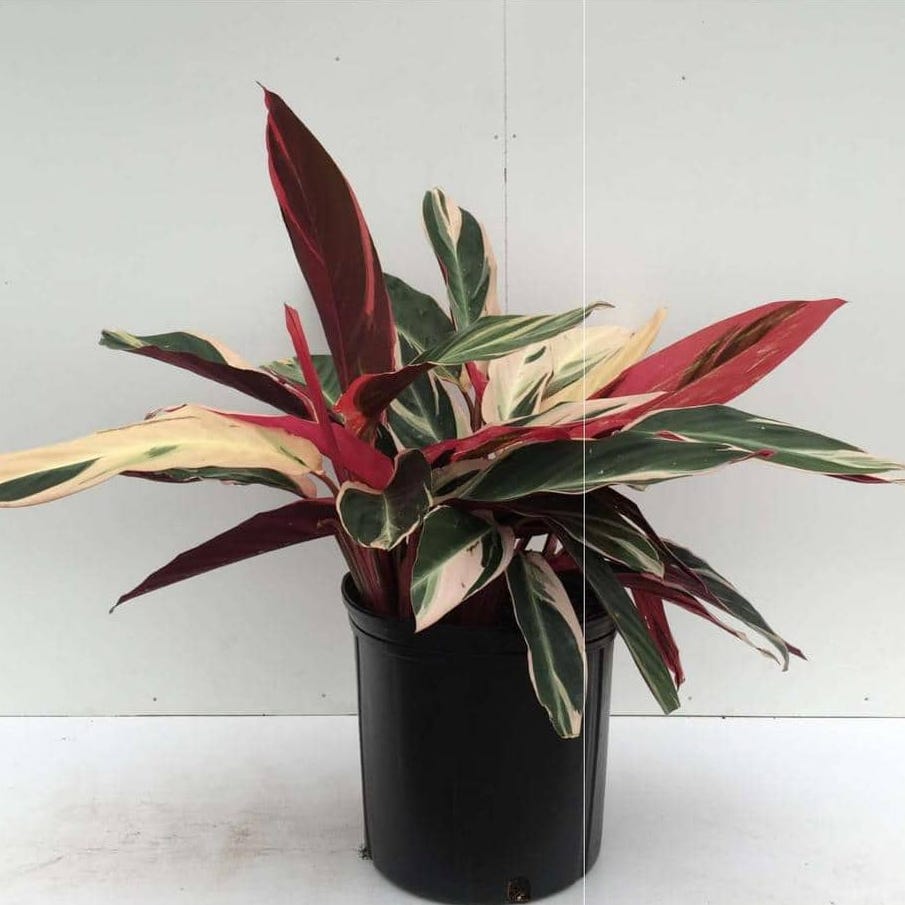
Pros
Easy to care for
Air purifying
Cons
Prone to root rot
Water: every two weeks or so
In shades of white, pink, and green, this colorful specimen has large, variegated leaves. We love this low-light indoor plant for its low water and indirect light requirements, which make it ideal for houseplant beginners. Plant this one in a pot slightly larger than its nursery pot to allow the roots to spread out.
Philodendron Prince of Orange
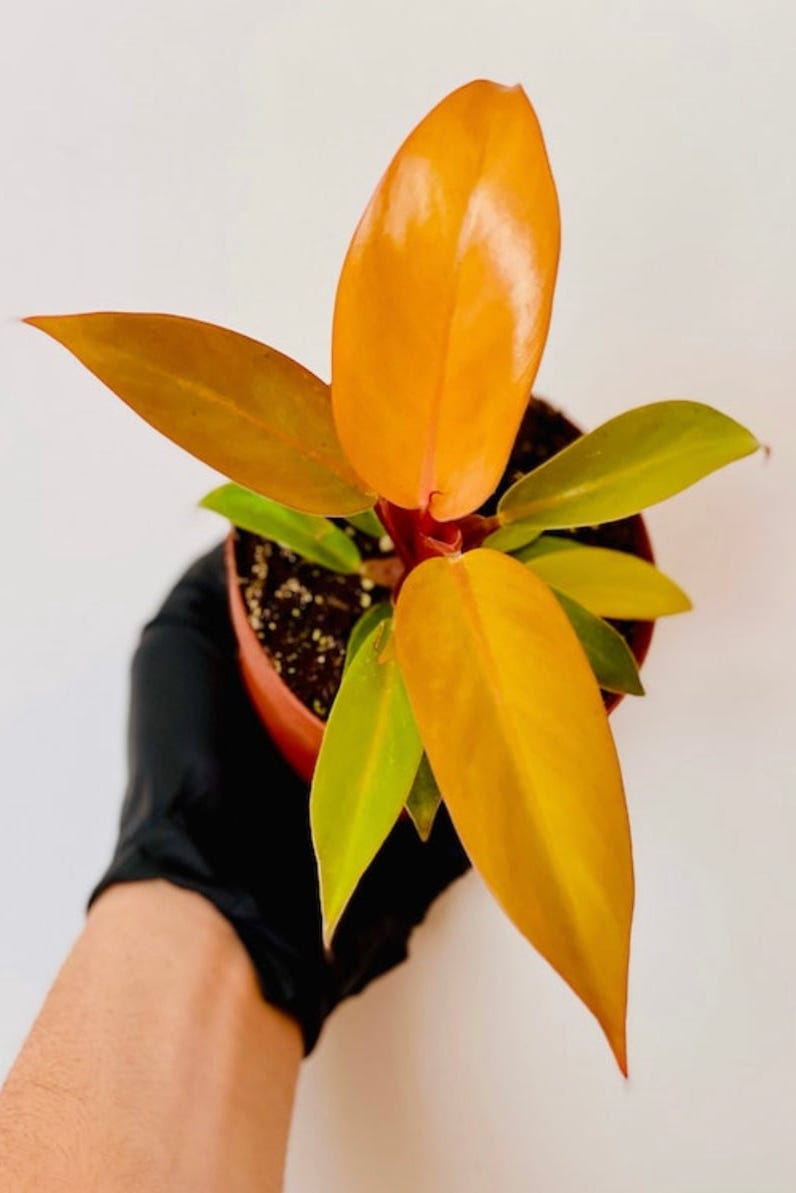
Pros
Beautiful coloring
Great for north-facing windows
Cons
Toxic to animals
Water: Every 10 days to two weeks
This type of philodendron has leaves that mimic the colors of a stunning sunset. But as it ages, the leaves will slowly transform into a rich green or copper hue. Best for indirect light or north-facing windowsills, you’ll know if this low-light indoor plant needs more sun if new leaves are growing without colorful pigmentation.
Related: How to Grow and Care for a Philodendron Plant
Advertisement – Continue Reading Below
Aglaonema Wishes
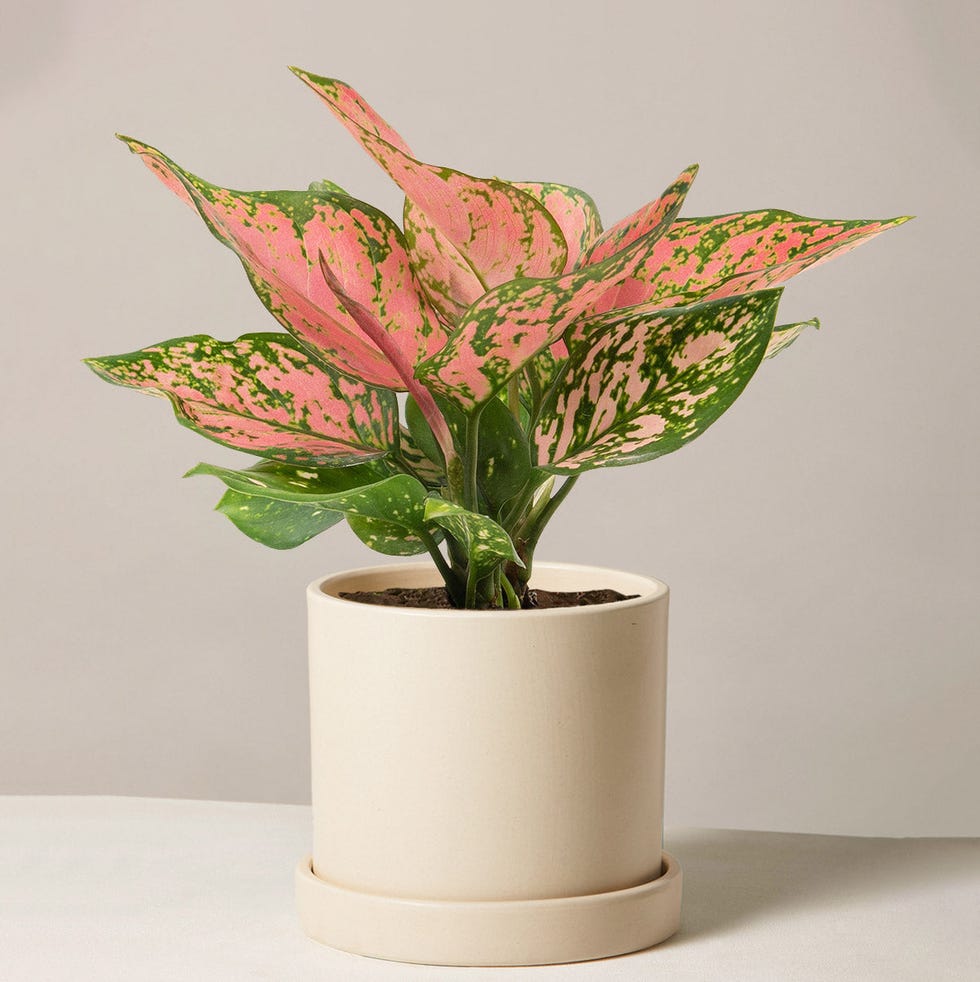
Pros
Includes beautiful pot
Thrives in bright, indirect light
Cons
Toxic to cats, dogs, and horses
Water: Once every seven to 10 days
Since this is one of the most durable indoor plants on offer—it does quite well in low light and needs to be fertilized only once or twice a year—it’s ideal for beginner gardeners. In fact, these plants don’t even need natural light to grow; they’ll survive just as well in artificial light. They also do best in dry air, so this is one plant you may not want to display in your bathroom. Sadly, the aglaonema is toxic to cats, dogs, and horses, so keep it away from your pets.
Bromeliad Plant

Water: When soil is dry, about once a week
This low-light indoor plant can actually survive on fluorescent light alone and thrives in humid conditions like bathrooms. That’s not why we love bromeliads, though. They can grow on the ground, on rocks, or on other plants and trees. How cool is that? They’re also nontoxic to cats and dogs, making them one of our favorite plants around.
Related: 10 Best Types of Bromeliads to Grow
Advertisement – Continue Reading Below
Baby Rubber Plant
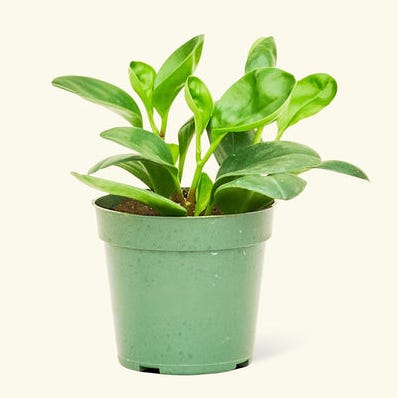
Pros
Produces flowers
Pet-friendly
Cons
Must rotate for even growth
Water: Once a week
This low-light indoor plant holds a secret: It’ll bloom green flower spikes and white flowers throughout the spring. Just be sure to keep it out of bright, direct light as too much light will cause the leaves to scorch and burn. This is a tropical plant, so the warmer (and less drafty) your environment, the better.
Hoya Pubicalyx Splash Vining Plant
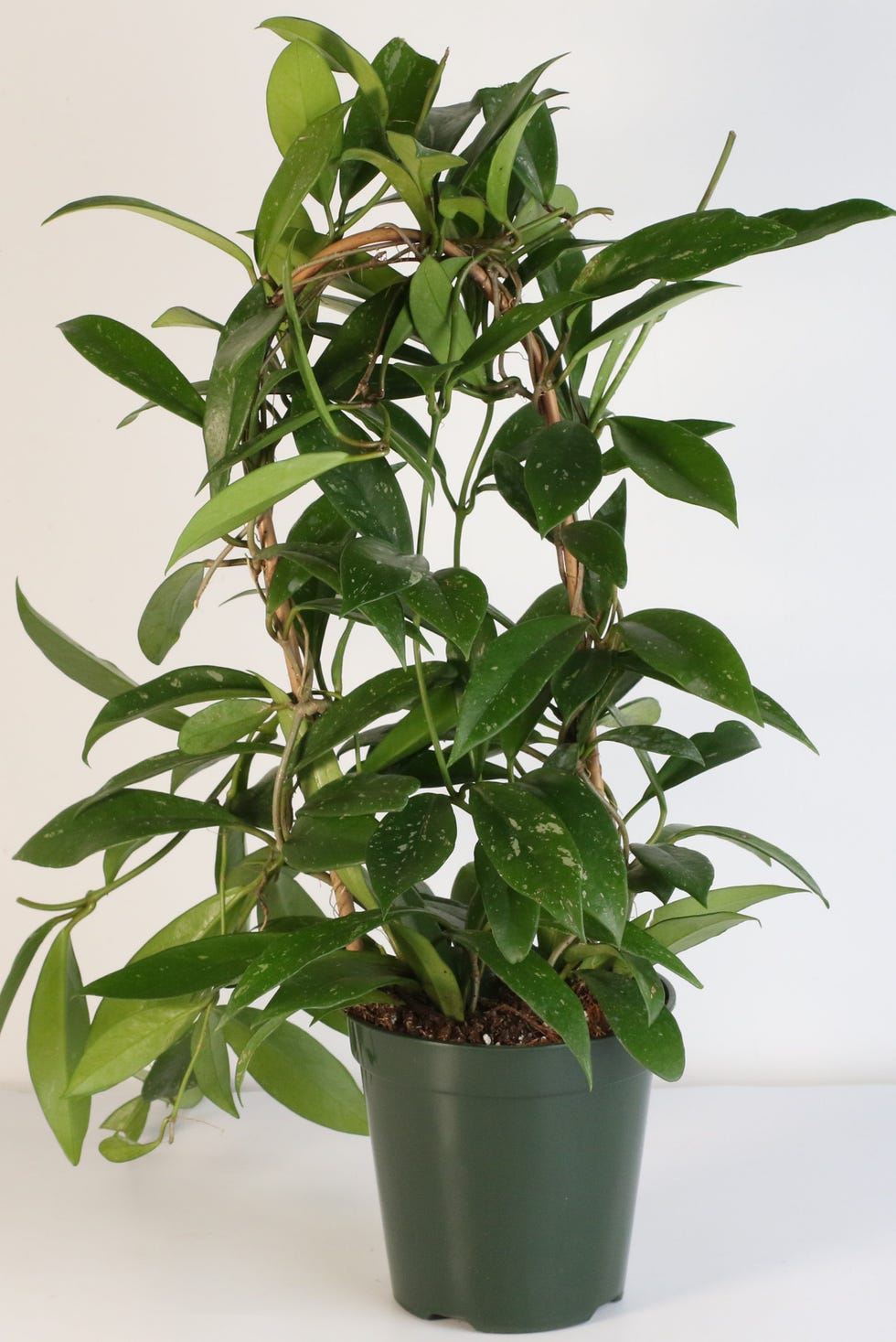
Pros
Low maintenance
Cons
Toxic to animals
Water: Once a week to every 10 days
Whereas most houseplants require ample sunlight to thrive, this Hoya variety prefers high humidity instead. Group it with your other houseplants or place it on a tray filled with water and pebbles to keep it moist. Lively Root recommends using plant food or fertilizer once a month to encourage strong new leaves.
Advertisement – Continue Reading Below
English Ivy
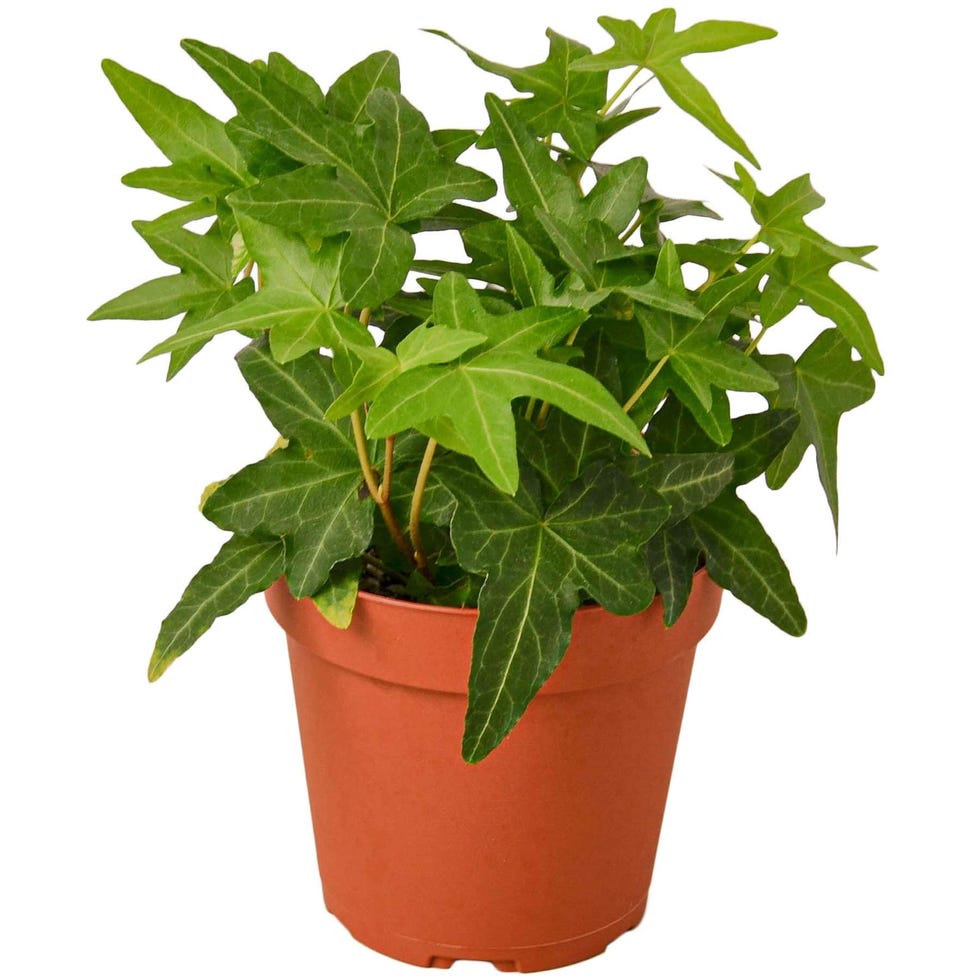
Pros
Trailing vines
Air purifying
Cons
Can become overgrown without maintenance
Water: Once a week
Ideal for bathrooms and other high-humidity environments, English ivy is a low-maintenance plant that doesn’t require bright sunlight to thrive. Because this low-light indoor plant grows wild and fast, we recommend placing it in a hanging planter or using vine supports to help guide the new growth.
Related: 15 Indoor Climbing Plants to Make Your Home Look Lush
Advertisement – Continue Reading Below
Pothos ‘N’joy’
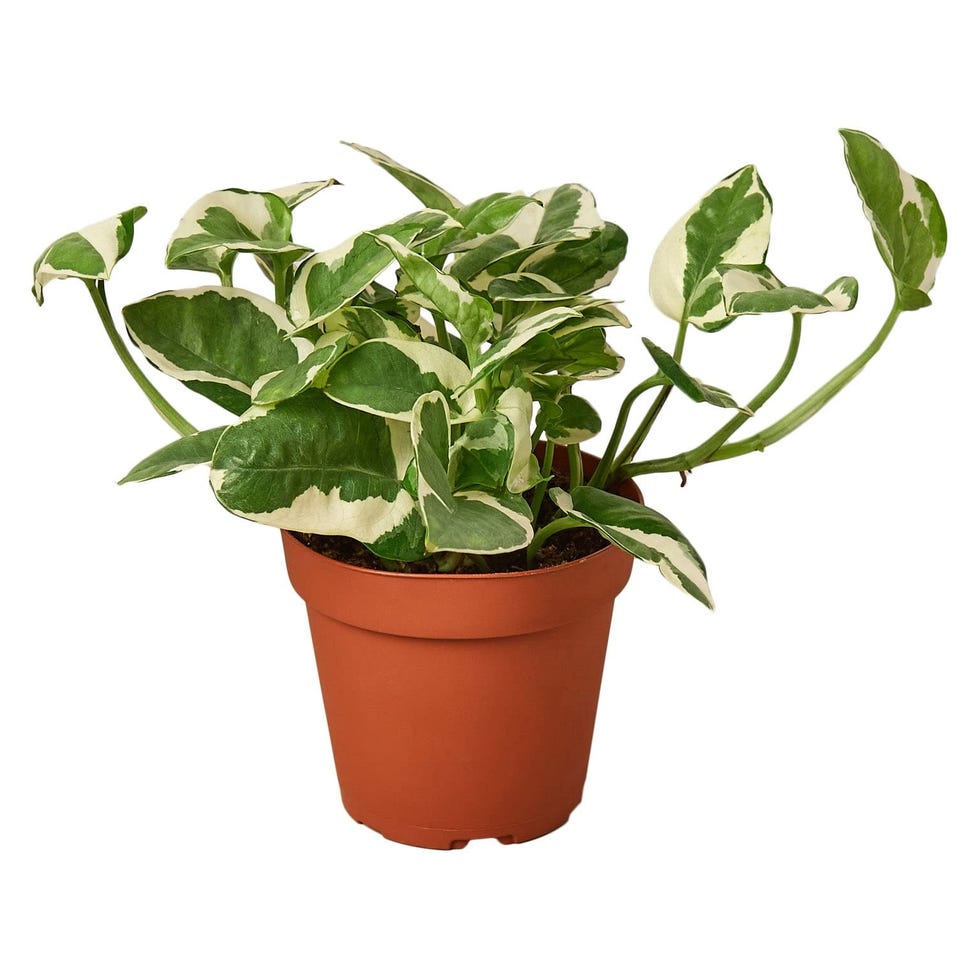
Pros
Unique coloring
Trailing vines
Cons
Needs more frequent watering
Water: Once or twice a week
With its stunning variegated leaves and trailing vines, this pothos variety is a great way to break up the many shades of green in your houseplant collection. Provide this low-light indoor plant with indirect sunlight and hang it up high to let the vines really show off.
Related: How to Grow and Care for Pothos Plants
Snake Plant ‘Black Coral’
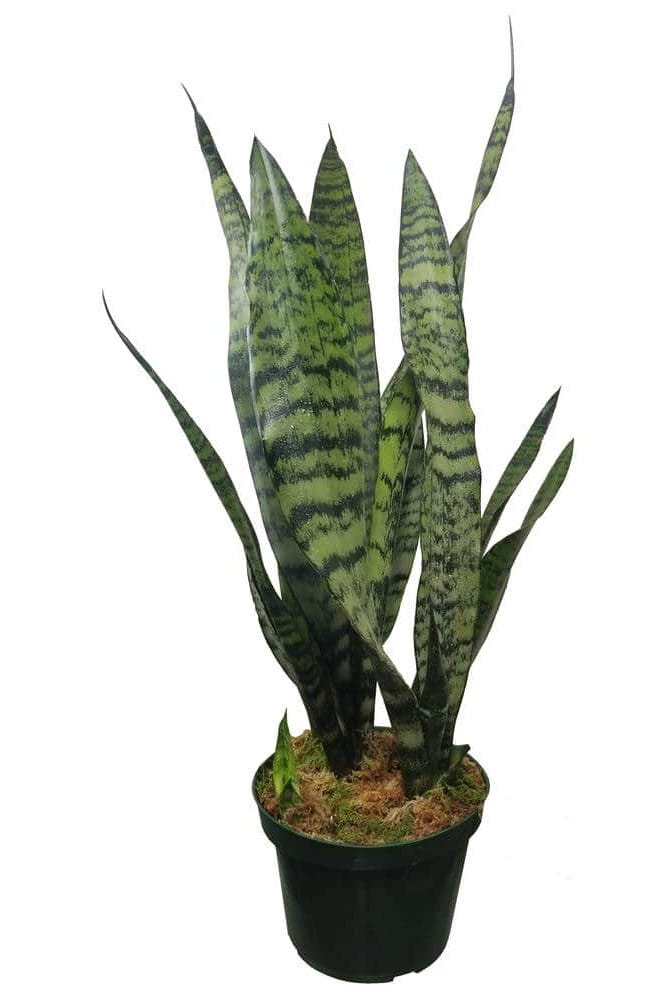
Pros
Needs water only once a month or so
Drought-tolerant
Cons
Toxic to pets
Water: Every two to three weeks, allowing soil to dry out between waterings
House Beautiful associate editor Jessica Cherner got a snake plant back in July 2020, and it’s still thriving. “I got a plant because I wanted to add a little bit of color and life to my apartment, but I didn’t want to spend more than a few minutes here and there taking care of it,” she says. “I literally water it every six to eight weeks, and that’s more than enough.”
If you have pets, you may want to keep them away from your snake plant because, although it’s not fatally poisonous, your cats and dogs can get sick if they ingest even a few bites.
Related: How to Care for a Snake Plant
Advertisement – Continue Reading Below
Rabbit Foot Fern
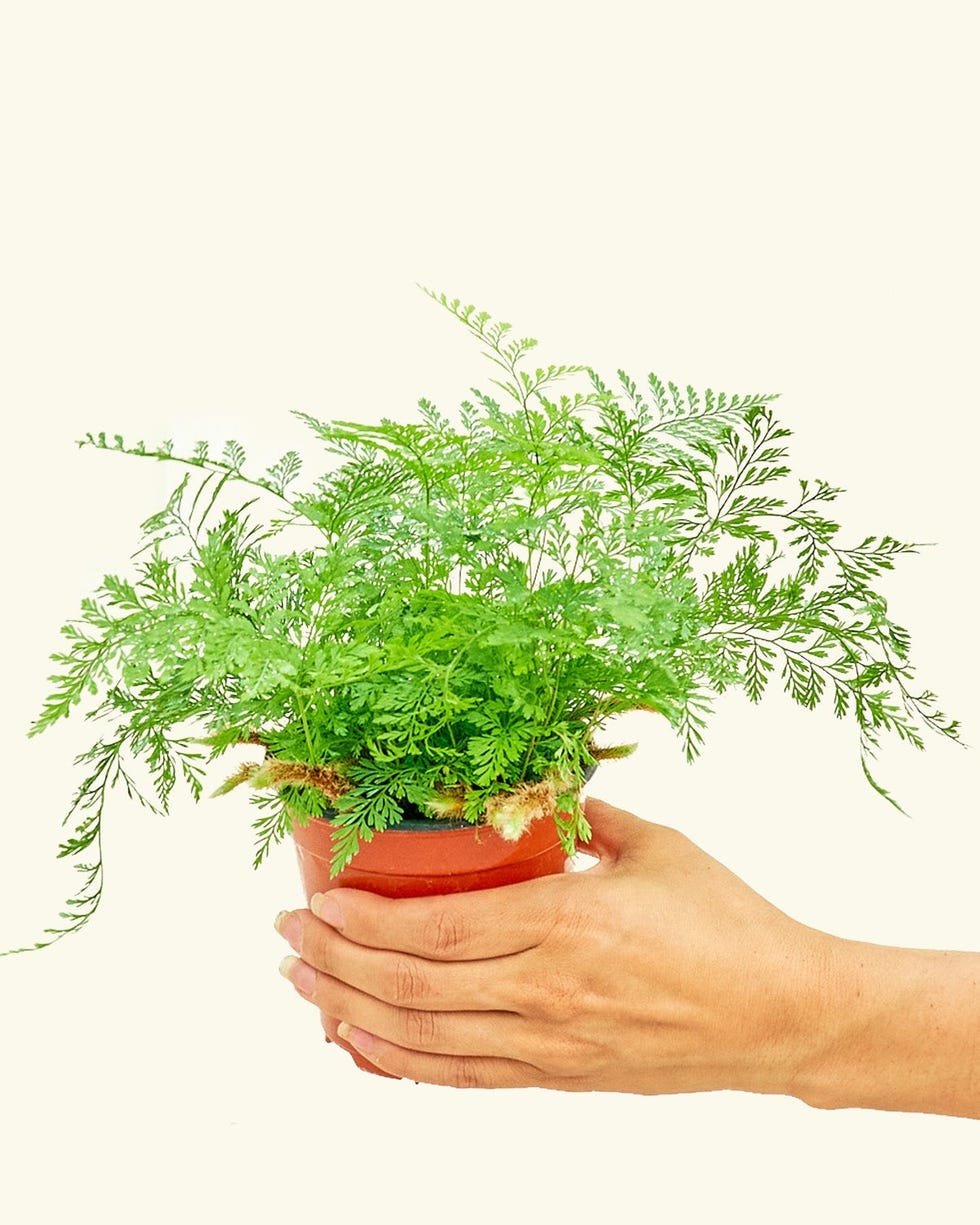
Pros
Safe for pets
Great for plant beginners
Cons
Direct light will burn the leaves
Water: Once a week
With fronds that resemble the shape of a rabbit’s foot (a well-known good-luck charm), the rabbit foot fern thrives in indirect light with plenty of humidity. If you have a window in your bathroom, that’s the ideal spot for this low-light indoor plant. But be sure to keep it off the windowsill since direct sun will scald its leaves.
Prayer Plant

Pros
Pet-friendly
Improves air quality
Cons
Easy to overwater
Water: Every two weeks
Available in a variety of sizes, the prayer plant is named for its leaves that open and close as the sun rises and sets. While the changing leaves may seem finicky, this resilient plant is surprisingly easy to care for. Plus, it acts as a natural air purifier. Water it when the top quarter of the soil is dry.
Advertisement – Continue Reading Below
Lucky Bamboo Plant
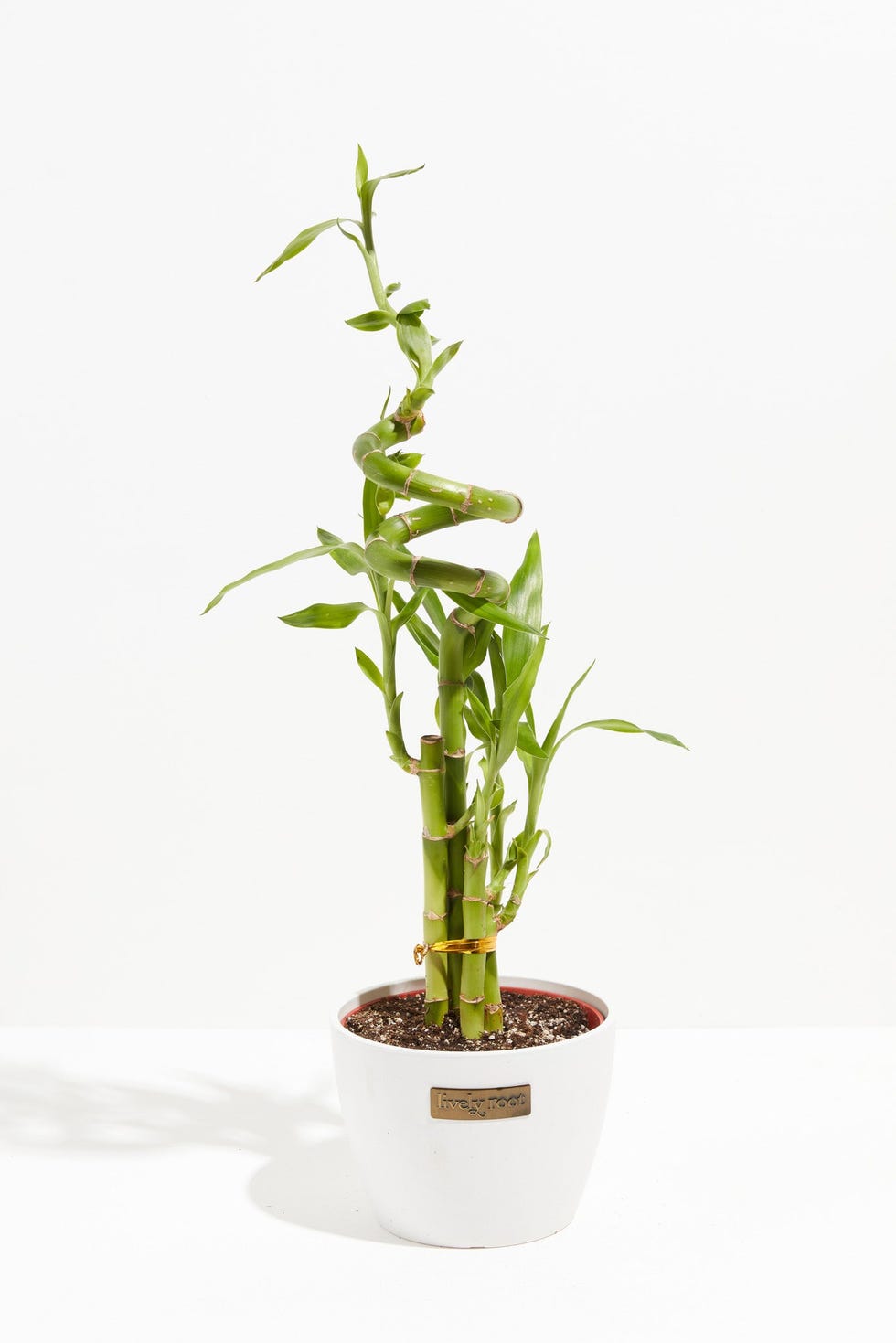
Pros
Purifies air and adds humidity
Thrives in light shade and indirect sunlight
Cons
Toxic to pets
Water: Once a week, enough to cover the roots
Said to bring good luck and fortune, the lucky bamboo plant craves some light but can fully thrive in shady areas. Its best feature, however, is its ability to remove benzene, trichloroethylene, and formaldehyde from the air while also acting as a natural humidifier. Just know that this low-light indoor plant is toxic to cats and dogs.
Advertisement – Continue Reading Below
Braided Benjamina Ficus Tree
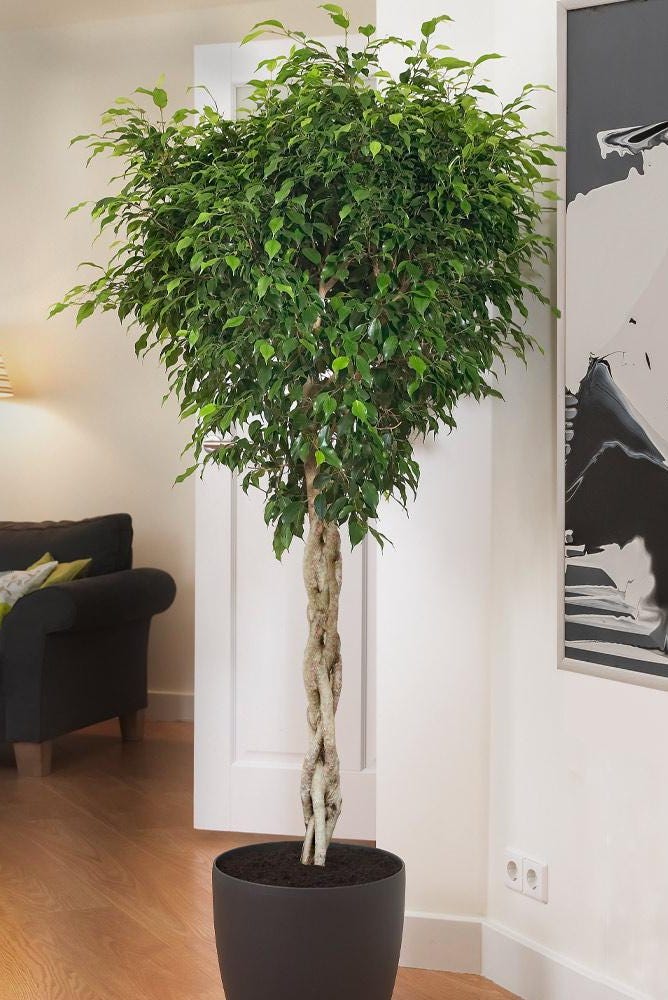
Pros
Arrives up to three feet tall
Thrives in bright, indirect light
Cons
Toxic to pets
Water: Two to three times a week
This quick-growing tree adds life to any room in the house. Just make sure you’re giving it enough water. Place it in a deep planter filled with well-draining soil, and give it a big drink when the top several inches of soil are dry. It does well in indirect light, so instead of placing it by a window opt for a corner that gets plenty of diffuse light. The ficus tree is toxic to cats and dogs.
Devil’s Ivy Golden Pothos

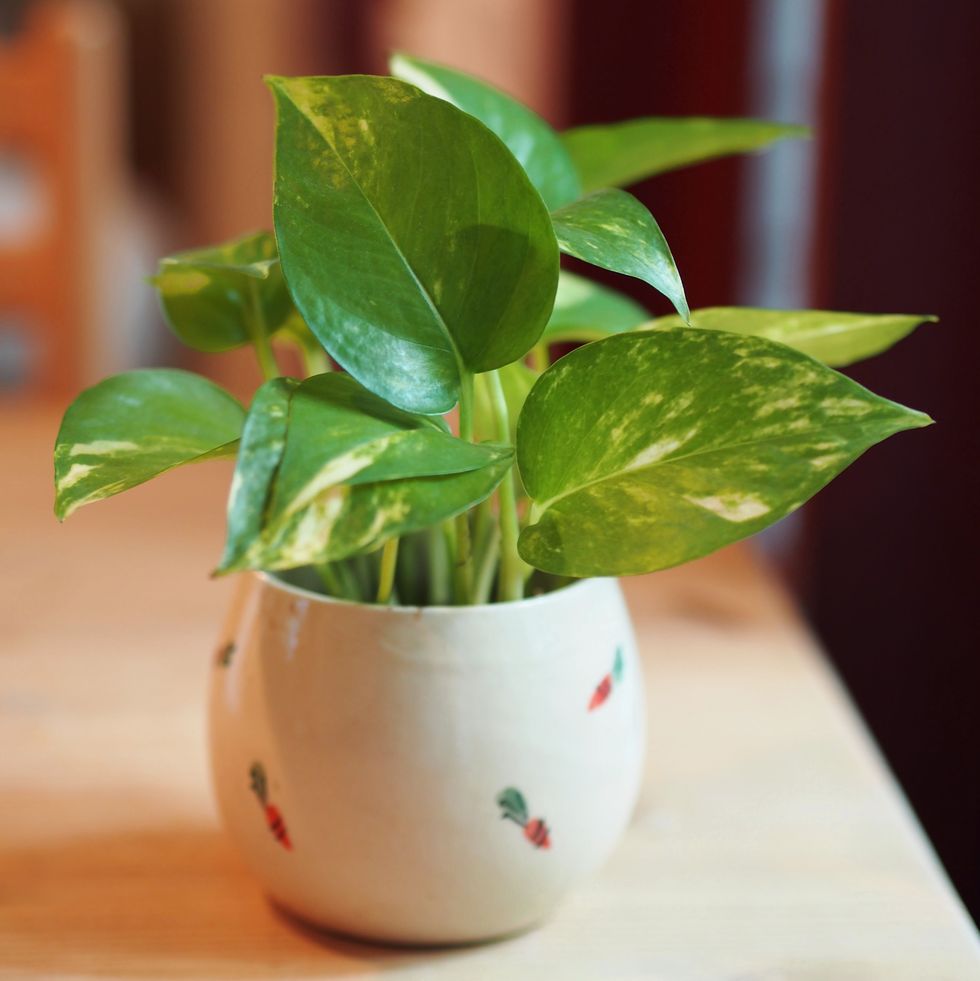
Water: One cup of water per week
The devil’s ivy golden pothos plant (also known as pothos, which is Greek for “longing”) gets its name from its unique ability to grow vines even in the worst conditions. Because of its superpower, we suggest keeping this low-light indoor plant on its own inside rather than among other plants outdoors, where it can basically strangle the rest of your greenery. Keep it in bright, indirect sunlight and away from your cats and dogs because it can be fatal if ingested.
Advertisement – Continue Reading Below
Maranta Red Prayer Plant
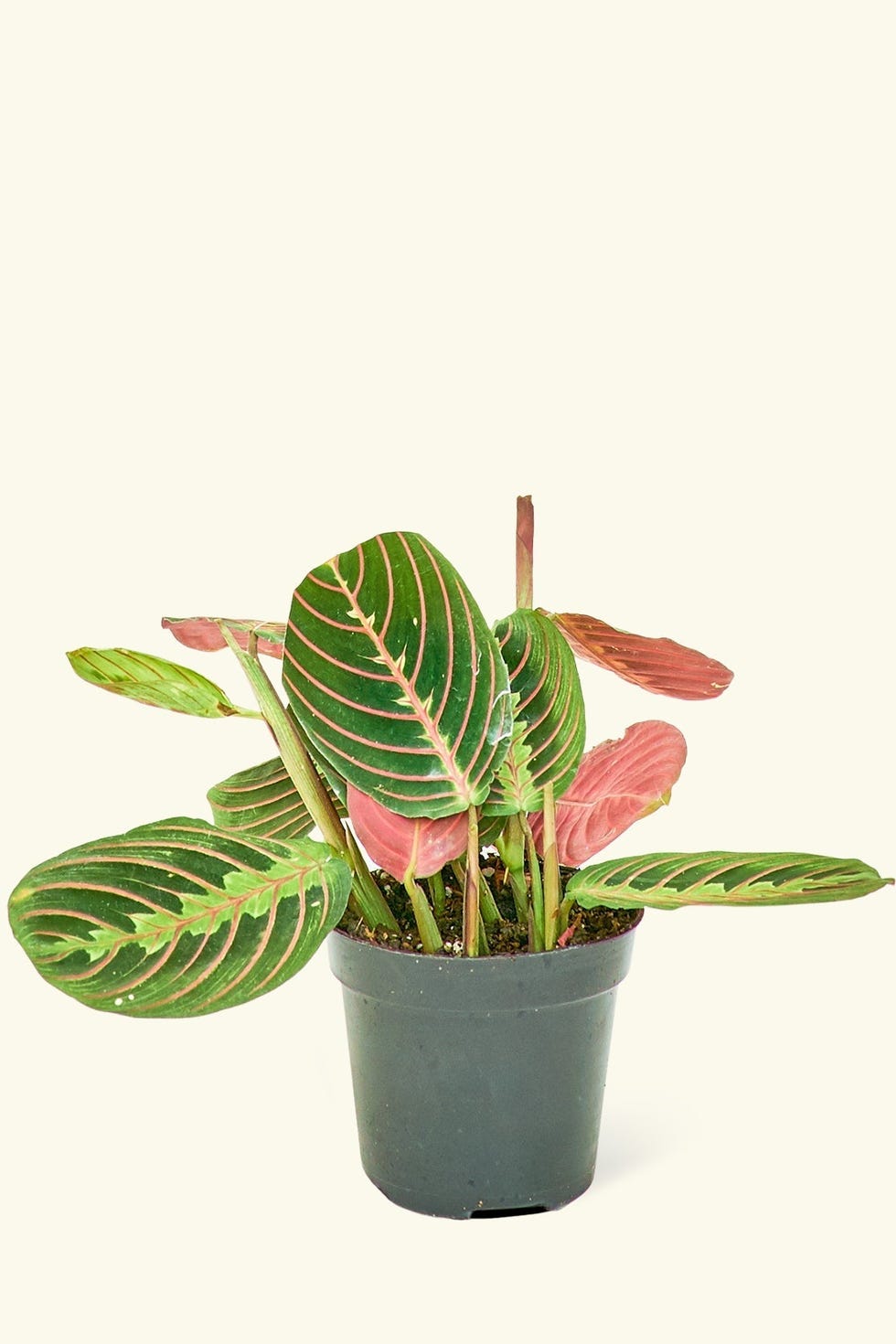
Pros
Nontoxic to pets
Thrive in low to medium light
Cons
Require lots of humidity
Water: Once a week
Maranta red prayer plants prefer brighter light, but they can handle low light just as well. The only downside to minimal light is lackluster leaves, which isn’t indicative of any issues; it’s just a side effect of low-light conditions. These plants are a bit on the temperamental side because they require a lot of humidity to thrive. However, they’re safe to have around cats and dogs.
Madagascar Dragon Tree
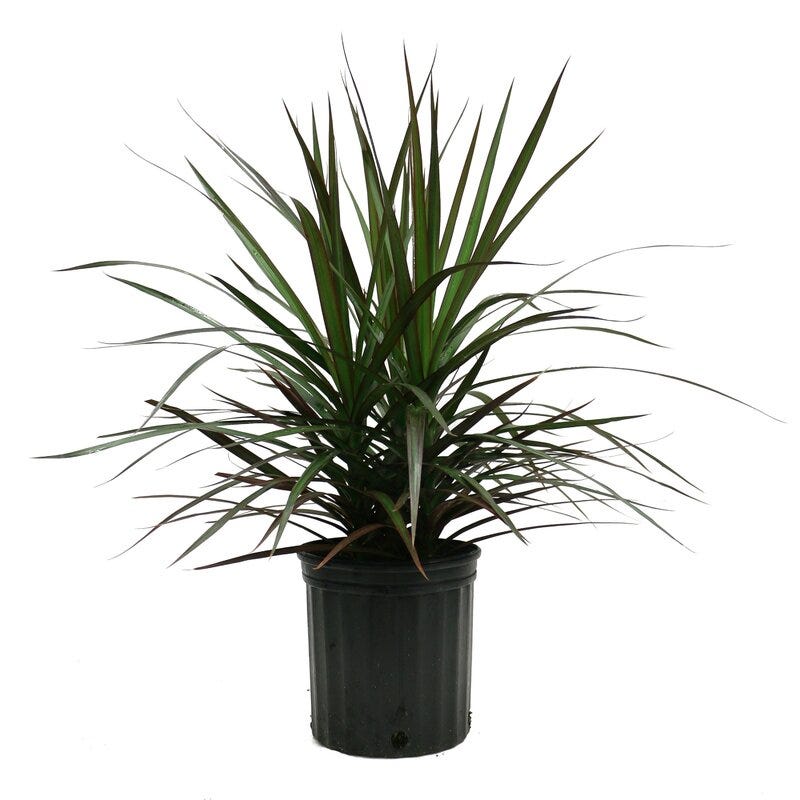
Water: Once a week
Spiky leaves that grow upward and have prominent red outlines make these plants pretty striking, but too much direct sunlight can damage them. Keep their leaves healthy by placing them far from the window that gets the most sun; this low-light indoor plant will do best in a spot that gets plenty of bright indirect sunlight. Though Madagascar dragon trees aren’t known to cause any issues in dogs, they can induce drooling, vomiting, weakness, incoordination, and dilated pupils in cats.
Watch Next

Advertisement – Continue Reading Below
Advertisement – Continue Reading Below
Advertisement – Continue Reading Below

